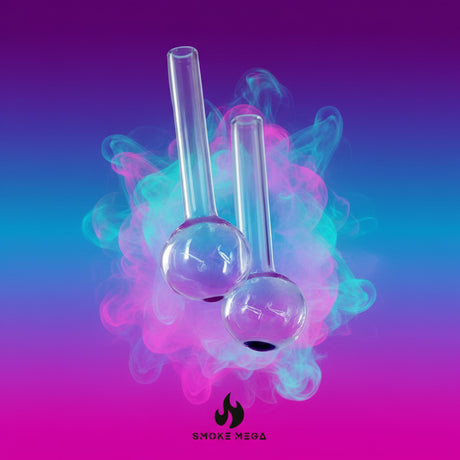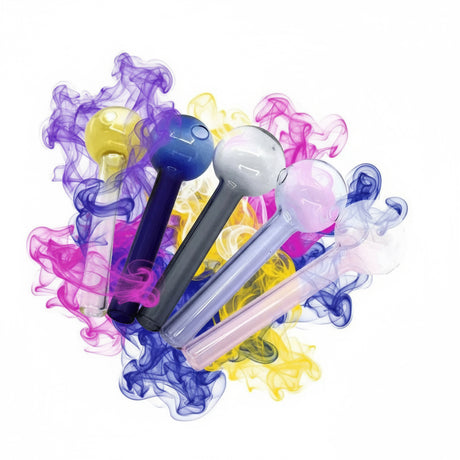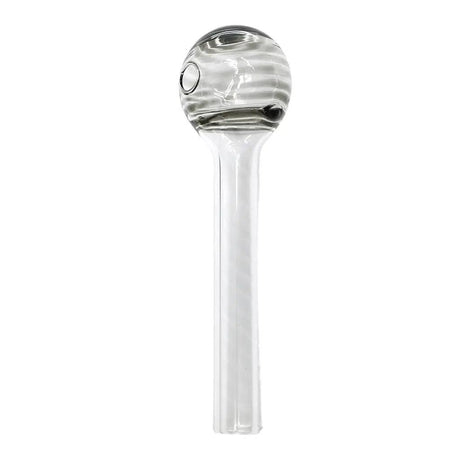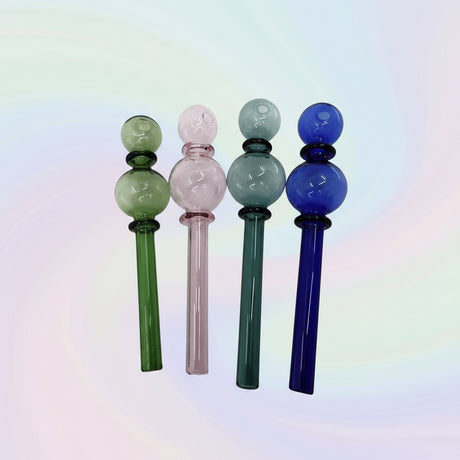Recent Posts
Quartz Banger vs. Traditional Dab Nail: Which Should You Buy?
Published on November 22, 2025
The Ultimate Thanksgiving & Friendsgiving Gift Guide: Perfect Picks for Every Budget
Published on November 12, 2025
Cyber Monday Steals: Top Bongs, Dab Rigs, and Oil Burners for the Best Value
Published on November 12, 2025
The Ultimate Black Friday Stocking Stuffer Guide (Awesome Gifts Under $30)
Published on November 12, 2025
Your Go-To Online Smoke Shop: Discover Top Bongs & Dab Rigs for Effortless Hits
Published on October 03, 2025
Top 3 Nectar Collectors For Sale In The USA
Published on July 20, 2025
What is a Zip of Weed and Other Key Cannabis Terms
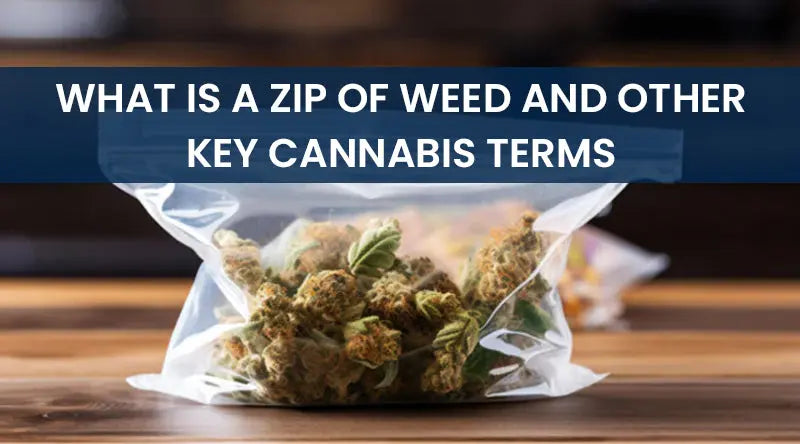
CP SMOKE MEGA |
Understanding cannabis terms is crucial for clear communication and accurate transactions within the industry. The term "zip" dates back to the early days of prohibition when measurements needed to be discreet. Alongside this, knowing other terms like "eighths" and "quarters" can enhance your expertise in cannabis conversations.
A zip of weed refers to an ounce (28 grams) of cannabis. Key cannabis terms include "eighth" (3.5 grams), "quarter" (7 grams), "sativa" (uplifting strain), "indica" (relaxing strain), "THC" (psychoactive compound), and "CBD" (non-psychoactive, calming compound). These terms facilitate precise communication in the cannabis industry.
Decoding Cannabis Slang: What is a 'Zip' of Weed?
In the world of cannabis, a "zip" is a common slang term. It refers to an ounce of weed. That's about 28 grams to be exact.
The term "zip" comes from the days of prohibition. It was a code word used to avoid detection. People would often carry their weed in ziplock bags.

Knowing the term "zip" is essential if you're into cannabis culture. It helps you understand how much weed you’re actually buying. This makes transactions smoother and more transparent.
Besides "zip," other terms are also popular. These include "eighth" and "quarter." Understanding these terms can make cannabis lingo less confusing.
The Importance of Understanding Weed Measurements
Understanding weed measurements is crucial for anyone involved in the cannabis world. It ensures fair transactions and helps avoid confusion. This knowledge is vital for both buyers and sellers.
Accurate Transaction Practices
Knowing the different measurements prevents misunderstandings. Imagine buying less weed than expected due to a lack of knowledge. Accurate terms help keep both parties honest.
It also ensures that you are getting what you pay for. When buying or selling, clear communication is essential. This avoids disputes over quantity and price. Knowledge in this area leads to better experiences.
Common Cannabis Measurements
Here are some standard cannabis measurements:
- Gram
- Eighth (3.5 grams)
- Quarter (7 grams)
- Half (14 grams)
- Ounce (28 grams)
Each measurement has its own slang term. Knowing these can make conversations easier. They are especially useful when buying in states where cannabis is legal.
Legal Implications
Being familiar with measurements can also help you stay within legal limits. Different places have laws about how much weed you can possess. Knowing the terms can keep you out of trouble.
For example, some states allow up to an ounce for personal use. Exceeding the limit might result in fines or other penalties. Hence, understanding these measurements is not just practical—it's also safe.
A Deeper Look into Other Key Cannabis Terms
Knowing cannabis terms can make a huge difference. For instance, "eighth" and "quarter" are common measurements. They help you understand how much weed you are dealing with.
Other key terms include "sativa" and "indica." These words refer to different types of cannabis plants. Sativa generally gives an energetic high, while indica is more relaxing.
There's also the term "THC," which stands for tetrahydrocannabinol. This is the compound that gives weed its psychoactive effects. Knowing the THC content can help you choose the right product.
Finally, let's not forget "CBD." This stands for cannabidiol, a compound that doesn’t make you high. CBD is often used for its calming and pain-relieving effects.
Busting Myths about Weed Measurements
There are many myths about weed measurements. One common myth is that an ounce is always 30 grams. In reality, an ounce of weed is equal to 28 grams.
Another myth is that a "dime" always means ten grams. In truth, a dime refers to how much weed you can buy for ten dollars. This amount varies based on location and quality.
Some people believe that cannabis measurement terms are universal. However, terms like "eighth," "quarter," and "half" can mean different amounts in different places. Local slang often changes this terminology, adding to the confusion.
There is also the misunderstanding around "bud" size. Many think bigger buds mean better quality. While size can be an indicator, it’s not always true; potency and freshness matter more.
Finally, some assume that weed measurements are purely technical. But they also carry historical and cultural significance. Understanding these terms helps in appreciating the rich culture of cannabis.
Cannabis Quantities: Breaking Down the Measurements
Cannabis measurements often start with a single gram. This is the smallest amount typically sold. It's a great option for trying out new strains.
Next up is an eighth. An eighth equals 3.5 grams. It’s a popular amount for many recreational users due to its affordability.
A quarter is the next step up. This measures 7 grams. Buying a quarter can often save money per gram compared to smaller amounts.
If you need more, there's the half. A half-ounce is 14 grams of weed. It’s a good choice for regular users who want to stock up.
Finally, an ounce is the largest common purchase. An ounce equals 28 grams. This is often the legal limit for personal possession in many places.
- 1 Gram
- 1/8 oz (3.5 grams)
- 1/4 oz (7 grams)
- 1/2 oz (14 grams)
- 1 oz (28 grams)
Understanding Regulations Around Cannabis Quantities
Knowing the laws about cannabis quantities is crucial. Different places have different rules. Some states allow more weed than others.
For example, in many places, the legal limit for personal use is one ounce. This is about 28 grams. Exceeding this could lead to legal issues.
Medical marijuana users might have different limits. Some states allow larger amounts for those with medical needs. This often requires a special card or prescription.
The rules also vary for growing cannabis. Some areas permit a certain number of plants per household. Violating these rules might result in fines or even jail time.
Possession limits can change frequently. Always stay updated on your local regulations. This ensures you remain compliant and avoid any penalties.
Common Mistakes with Cannabis Quantities and How to Avoid Them
A common mistake is confusing grams and ounces. Some people might think an ounce has more than 28 grams. This can lead to incorrect purchases.
Another error is not knowing the difference between wet and dry weight. Freshly harvested cannabis weighs more due to moisture. Always consider this when measuring quantities.
Overestimating your legal possession limits is also a problem. This can result in fines or even jail time. Always double-check local laws before buying larger amounts.
- Know the conversion rates: 1 ounce = 28 grams
- Avoid assumptions: Check if you're buying wet or dry weed
- Stay informed: Be aware of your local legal limits
Miscalculating doses, especially for edibles, can be risky. It's easy to consume more than intended if you don’t measure properly. Make sure to use accurate tools for dosage.
Lack of knowledge about different strains' potency can lead to errors. Not all strains are equal, so understand THC levels before making a purchase. This helps ensure the right experience every time.
Key Takeaways
- A zip of weed equals 28 grams of cannabis.
- An eighth of weed is 3.5 grams, and a quarter is 7 grams.
- Sativa strains give an energetic high, while indica strains are relaxing.
- THC is the psychoactive compound in cannabis, making you feel high.
- CBD provides calming effects without causing a high feeling.
Frequently Asked Questions
Cannabis terminology can be confusing for many. Here are some common questions and their answers to help you understand better.
1. How much is an eighth of weed?
An eighth refers to 3.5 grams of cannabis. This term is commonly used in the industry for small consumer amounts.
The name comes from being one-eighth of an ounce. Many people find it to be a convenient and affordable quantity to buy.
2. What does "dime bag" mean?
A dime bag traditionally refers to $10 worth of weed. The actual amount can vary based on quality and location.
Despite its small size, it remains a popular option for those on a budget or trying new strains.
3. What is the difference between sativa and indica?
Sativa strains usually provide an energetic, uplifting feeling. They are often chosen for daytime use or social activities.
On the other hand, indica strains have more calming effects. They're often used in the evening or before sleep.
4. What does THC stand for?
THC stands for Tetrahydrocannabinol, the main psychoactive component in cannabis that produces a high sensation. It is one of the most well-known cannabinoids found in the plant.
The potency of weed often depends on its THC content, making it crucial information when choosing products.
5. How is CBD different from THC?
CBD, or Cannabidiol, does not produce a high effect like THC does. It’s known for its potential therapeutic benefits such as reducing anxiety and pain relief.
This makes CBD popular among users who want medicinal benefits without psychoactive side effects.
Conclusion
Mastering cannabis terminology is crucial for anyone involved in the industry. Knowing terms like "zip," "eighth," and "quarter" enhances clarity and ensures accurate transactions. This knowledge helps both consumers and sellers communicate effectively.
Moreover, understanding the different compounds like THC and CBD is important. These terms not only aid in making informed decisions but also ensure a richer appreciation of cannabis culture. Such expertise is invaluable in a rapidly evolving industry.

